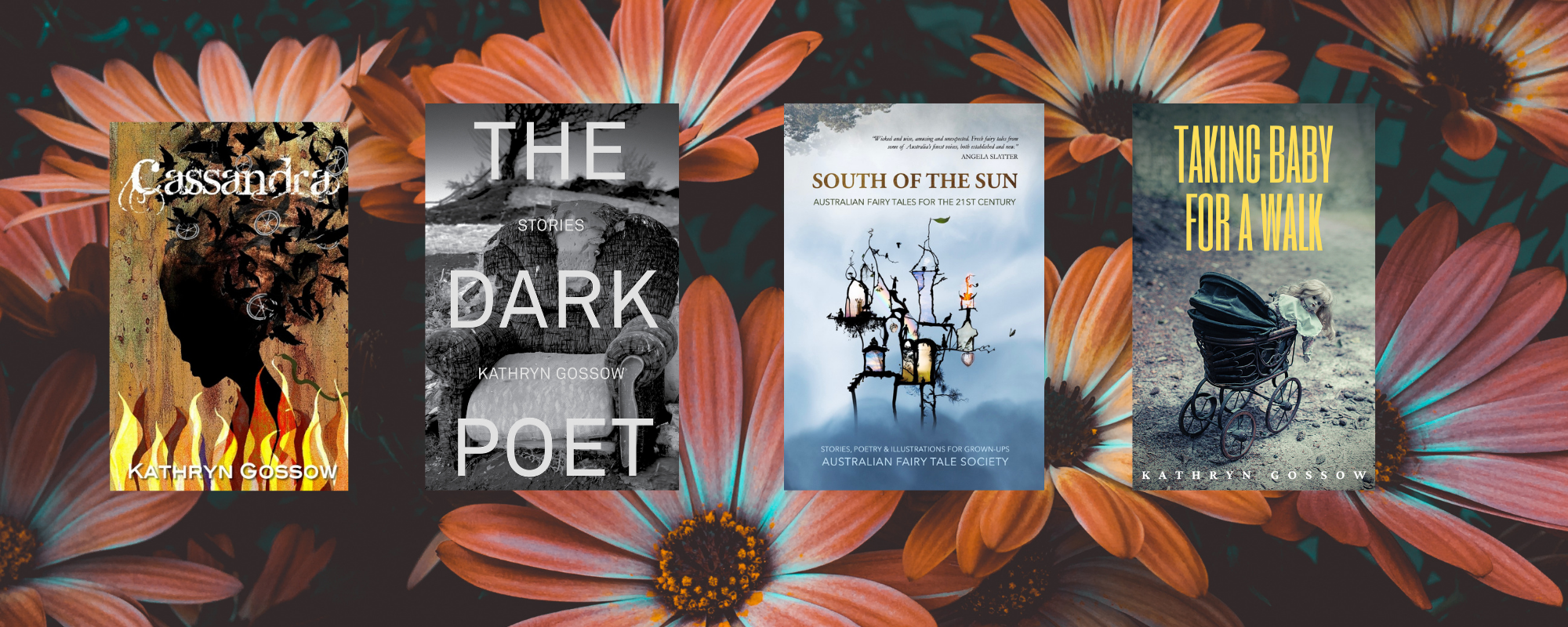Writing a book is like collecting pebbles and muck that might look like ideas and jamming them together into a coherent narrative. It takes lots of ideas to make a complete book. The ideas can come from anywhere, anytime and be a complete surprise – and change the whole direction of the book.
One of the characters in my book Cassandra was inspired by a Weather Prophet called Inigo Jones. Inigo died in 1954 but his legend lives on among weather obsessives such as myself.
Inigo was a long range forecaster. I have a clear memory of where I was on the highway when the radio announcer spoke of Inigo Jones. Apparently, Jones had predicted it was going to rain so much in the next few years that we would be sick of rain. Coming off a drought it was hard to imagine being sick of rain but by 2011 it had rained for several years and those floods broke out hearts. But that was to come.
At that moment on the highway, I had a flash of inspiration. I knew Cassandra, my prophetess, would have a brother. While Cassandra struggled to make sense of her visions, her brother would be able to predict the weather. What a godsend for a farming family! If only farmers could know if a drought or deluge was forthcoming. That was Jones’ obsession too.
Jones was a protege of Clement Wragge the Queensland government meteorologist and they worked together to develop a way of making seasonal forecasts. They combined the ‘Bruckner cycle’ of 35 years and the 11-year sunspot cycle and Jones was so inspired he left the weather office in 1892 and went out to solve seasonal forecasting.
Wragge was a bit of an experimenter too. In 1902 he set of 6 of these Steiger Vortex Rainmaker Guns in Charleville. They are still there to go and see. Wragge also named cyclones after politicians.
Jones went back to his family’s property Crohamhurst, near Peachester in the Glasshouse Mountains in the Sunshine Coast Hinterland and worked the land for 30 years. It was not until Wragge died in 1922 that Jones began forecasting.
Jones was further influenced by American geographer Ellsworth Huntington’s work. Jones came up with a theory. Let’s see if my non-science brain can explain it in lay terms. You can skip this bit if you don’t like science.
The sun is surrounded by a humongous (technical term) electromagnetic field. Energy flows around between the stars and the sun. Sunspots are caused when the flow is disrupted – like say, by a planet’s magnetic field. So the cycles of Jupiter, Saturn, Uranus and Neptune produce four continuous cycles that influence solar activity. Probably the Milky Way too. Jones decided there were five cycles of 35, 59, 84 and 165 years. He then graphed historic climatic data for the corresponding years graphed that against the year he was forecasting for and made a judgement about the most likely forecast.
Despite heavy lobbying, the Weather Bureau wanted none of Jones and his research. They did not consider his methods scientific. They were downright critical of him. The public however felt differently. Jones’ forecasts were picked up by Queensland newspapers and publications. With the support of local councils and a public meeting, the Inigo Jones Seasonal Weather Forecasting Trust was set up. Farmers wrote letters praising the value of his forecasts. In 1935 he opened the Crohamhurst Observatory. It’s a heritage listed now. I would love to visit. Does someone know how I can do that?
If he wasn’t right in his forecasts, Jones had explanations. He was fine-tuning. He quoted the opinion of a mathematician who said it would take 300 years of data to get it right. Some people thought he was a quack but Jones wanted to help farmers and wanted to keep his work going. And it continues! Walker’s Weather carries the gauntlet.
If you want to read more about Inigo Jones I got a lot of my information from Tim Sherratt over here. Lots of weather science there for the real science geeks.

Five cycles of numbers. I love it, very cosmic!
Yes, there is a sense of beauty to his theory isn’t there.